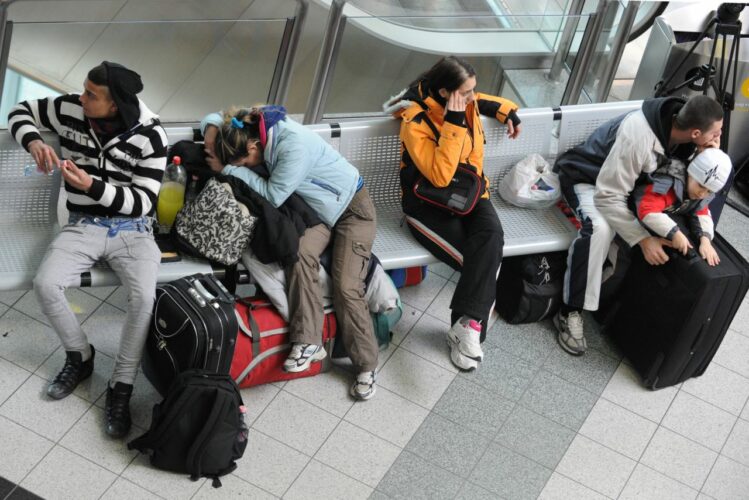On March 27, 1977, two Boeing B-747 jets, one operated by KLM and the other by Pan Am, were both diverted to Tenerife, a small island in the Canary Islands, due to a terrorist incident at their original destination, Gran Canaria Airport. The KLM aircraft was fully refuelled for its return journey to Amsterdam which caused a delay in its departure. This delay led to a series of miscommunications and misunderstandings with the air traffic control. The thick foggy conditions limited visibility to the extent that the crews of the two aircraft could not see each other. As a result, in what has become known as the Tenerife Airport Disaster, the two planes collided on the runway, causing the deadliest accident in aviation history, a tragedy that incinerated 583 lives.
Two Giants in the Sky: Profiles of KLM and Pan Am
KLM, the Royal Dutch Airlines, founded in 1919, is the oldest airline in existence that still operates under its original name. In 1977, it was considered one of the safest and prestigious airlines of their time. Pan American World Airways, known as Pan Am, was the largest international air carrier in the US and was known for its iconic blue globe logo. The two aircraft involved in the tragedy were the ‘jumbo-jets’, the Boeing 747s, which were the largest and most advanced aircraft of their time.
Investigating the Causes: Unravelling the Chain of Errors
Investigation into the disaster revealed a chilling sequence of errors that led to the accident. The primary factors included the fact that the KLM pilot took off without clearance due to a misunderstanding and that the tower controller did not effectively communicate that the runway was not clear. Furthermore, runway signage at Los Rodeos Airport (now known as Tenerife North Airport) was poor, contributing to the confusion and miscommunication. The investigators also noted that the KLM pilot, a senior and highly respected aviator, may have been over-eager to depart due to duty-time limitations. The Pan Am aircraft missed its taxiway turnoff in the fog which unintentionally brought it onto the runway where the collision occurred.
Lessons Learned: Improvements in Air Traffic Control and Safety Protocols
This tragic incident led to significant changes in aviation safety protocols and Air Traffic Control procedures worldwide. Some of these improvements included stricter ATC regulations on takeoff clearances, enhanced ground radar systems, improved runway signage, and modifications to cockpit procedures to ensure all pilots have a voice in decision-making processes. The broad implementation of Crew Resource Management (CRM) training is considered to be one of the most significant changes, encouraging better communication and decision-making within flight crews, regardless of rank or seniority.
Conclusion
The KLM and Pan Am aircraft collision over Tenerife was a wakeup call to the aviation industry. Despite being a devastating tragedy, it forever changed the industry’s approach to safety, communication, and decision-making. In the aftermath of the tragedy, these significant changes have contributed to making air travel among the safest forms of transportation today. And although the memories of that fateful day remain sorrowful, advancements made in its wake have likely prevented similar tragedies from taking place.
Flight compensation is the financial reimbursement that you may be eligible to receive from the airline if your flight is delayed, cancelled, or you’re denied boarding. We’ve handpicked the Top 5 flight claim companies to assist you in securing the compensation you deserve. Select one now and take the first step towards your claim.
 English
English
 Lietuviškai
Lietuviškai